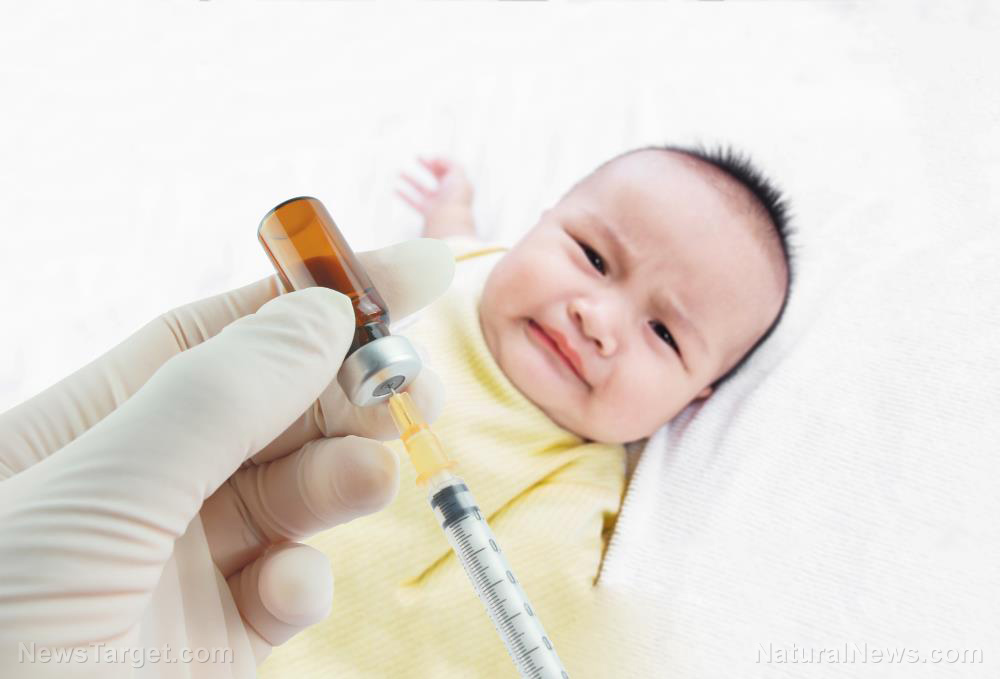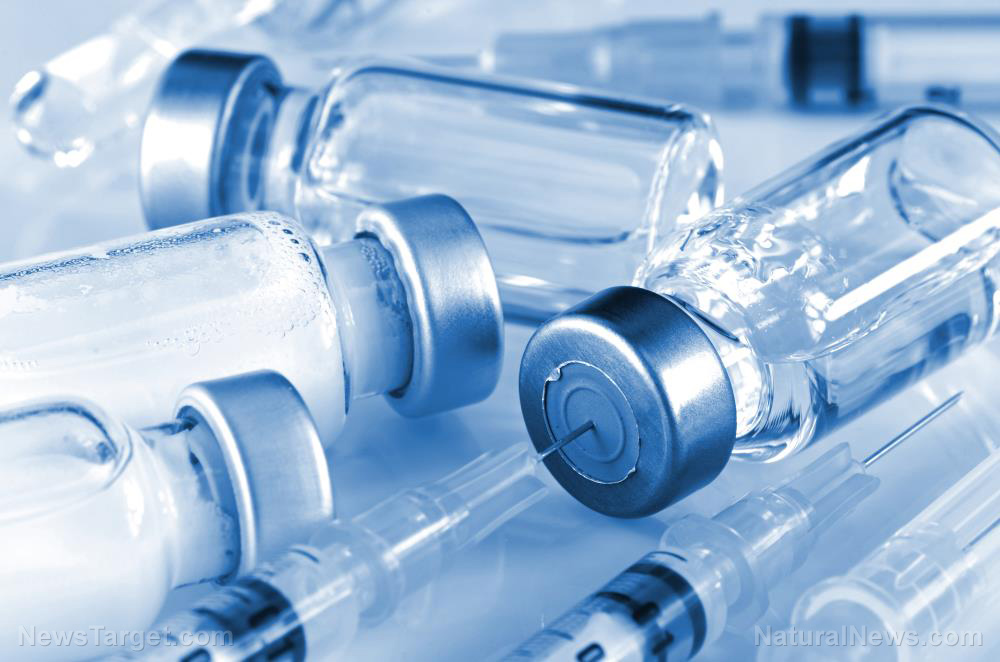Microplastics linked to higher risk of heart attack, stroke and early death
07/26/2024 / By Ava Grace

Doctors have warned of potentially life-threatening effects of plastic pollution after finding a substantially elevated risk of stroke, heart attack and early death in people whose blood vessels were contaminated with microplastics.
Researchers in Naples examined fatty plaques removed from the blood vessels of patients with arterial disease and found that more than half had deposits contaminated with tiny particles of polyethylene or polyvinyl chloride (PVC). (Related: Microplastics pick up pollution, making them even more toxic to humans.)
Those whose plaques contained microplastics were nearly five times more likely to suffer a stroke, heart attack or death from any cause over the following 34 months, compared with those whose plaques were free from plastic contamination.
“Our data will dramatically impact cardiovascular health if confirmed because we are defenseless against plastic pollution,” said Dr. Raffaele Marfella, first author of the study. “The only defense we have available today is prevention by reducing plastic production.”
A new study published in eBioMedicine has also uncovered a troubling link between microplastics in blood clots and serious health issues, including strokes and heart attacks.
Researchers examined blood clots from patients who had experienced strokes, deep vein thrombosis or heart attacks. Using advanced spectrometry techniques, they found that 80 percent of the analyzed blood clots contained microplastics. Results of the study also suggest a correlation between higher concentrations of microplastics and an increased risk of thrombotic events and more severe health outcomes.
Microplastics consisting of polymers with surprisingly diverse physical characteristics were found in varying concentrations within the thrombi of veins and arteries. A small amount of microplastics within thrombi might not be problematic, but their accumulation is linked to ischemic strokes.
Cardiovascular disease is the leading cause of death in the United States, claiming around 700,000 lives a year, based on the most recent statistics. Research also shows that a common condition can increase the risk of heart attack and stroke – often without any clear symptoms.
Microplastics are everywhere
Plastic doesn’t decompose in the way food and paper do. Instead, it breaks down into tiny pieces that enter into our systems and become what’s known as microplastic.
Microplastics aren’t just a problem for human bodies. These tiny particles have been found in marine animals, and consequently pose risks to humans who consume seafood.
They also accumulate in agricultural soils, potentially affecting crop growth and soil health. The use of plastic mulch in farming and the application of sewage sludge as fertilizer are just some of the ways microplastics contaminate agricultural soils.
Microplastics can also be inhaled, and in high concentrations these can cause breathing problems and respiratory issues.
Scientists are now calling for more comprehensive studies to better understand the long-term health effects of microplastic exposure. Policymakers are developing effective strategies to reduce pollution, with several countries banning single-use plastics and implementing stricter regulations on plastic production and disposal.
Visit Microplastics.news for more stories like this.
Microplastics are now being found in testicles, according to Dr. Mark Richards. Watch this video.
This video is from My podcast dropped 2320 channel on Brighteon.com.
More related:
Microplastics alter the shape of human lung cells, warn scientists.
Microplastics are EVERYWHERE: Yes, even in your gut and the food you eat, warn scientists.
Microplastics have reached farmland; experts say recycled wastewater and garbage are to blame.
Sources include:
Submit a correction >>
Tagged Under:
dangerous, discoveries, early death, Ecology, environment, health science, heart attack, heart disease, heart health, microplastics, plaque, plastics, PVC, real investigations, research, stroke, toxic chemicals, toxins
This article may contain statements that reflect the opinion of the author
RECENT NEWS & ARTICLES
HealthScience.News is a fact-based public education website published by Health Science News Features, LLC.
All content copyright © 2018 by Health Science News Features, LLC.
Contact Us with Tips or Corrections
All trademarks, registered trademarks and servicemarks mentioned on this site are the property of their respective owners.



















